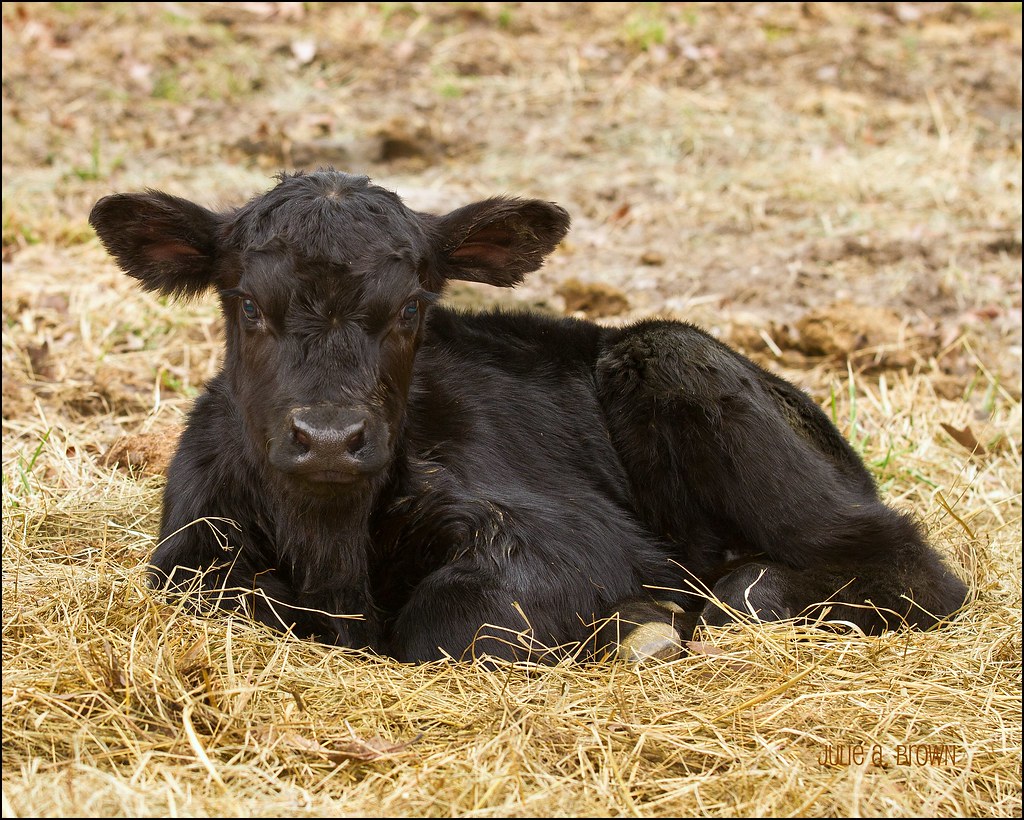

Some MLVs are safe for use in pregnant cows if you follow all label directions. MLVs are mainly available for diseases caused by viruses, such as bovine herpes virus 1, the causative agent of infectious bovine rhinotracheitis (IBR), bovine viral diarrhea virus (BVDV), bovine respiratory syncytial virus (BRSV), and parainfluenza-3 virus (Pl3). Recognition of the replicating organism by the animal’s immune system stimulates an effective immune response. However, the virus or bacteria can still replicate in the vaccinated animal resulting in a controlled infection.

Modified live vaccines (MLV) contain a small amount of virus or bacteria that has been altered so that it does not cause clinical disease when used according to product label directions. If a vaccine is used correctly, whether it is modified live, killed, or chemically altered, it will increase an animal’s resistance to disease, but each type of vaccine does have its limitations as well. Most vaccines contain either modified live, killed, or chemically altered organisms.

These terms are most often used for leptospirosis or clostridial disease vaccines, which contain several subtypes of the Leptospira or Clostridium organisms. Terms such as 4-way, 5-way, 7-way, or 8-way do not refer to any particular type of vaccine, but rather to the number of different subtypes of a microorganism in a vaccine. Sometimes different terms used in the name can be confusing as well. Vaccine trade names can be confusing however, the label will always specify which diseases and microorganisms the vaccine provides protection against. Safe and that it will do what the label claims it will do. See Extension publication ANR-1416, “Understanding Protection Claims on Vaccine Labels,” for more information. Although antibiotics are also often administered via injection, treating an animal with one of these drugs is not a vaccination but rather a treatment once an infection has occurred.Īnimal health product manufacturers go to great expense to obtain approval for vaccines from the U.S. The majority of cattle vaccines are injected, although some may be given by other routes, such as intranasal and oral. Vaccines cannot prevent exposure to infectious organisms, but they do increase an animal’s ability to fight off an infection or lessen the severity of the disease if it occurs.
#BLACK BABY COW HOW TO#
The immune system will then “remember” how to produce a response against the organism if it ever is infected with that organism. Vaccines stimulate an animal’s immune system to produce a protective response against an organism. Vaccination programs for beef cattle herds are designed to protect the animals from diseases caused by infectious organisms such as viruses, bacteria, and protozoans.


 0 kommentar(er)
0 kommentar(er)
